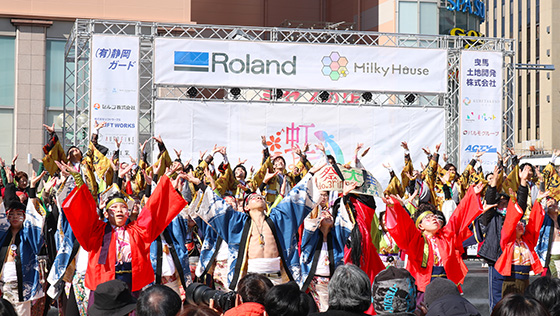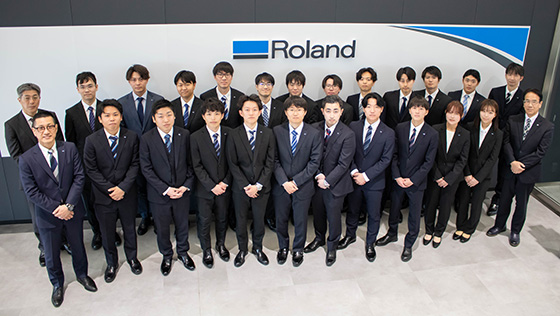Managing Chemical Substances
Every effort is made for the appropriate management of chemical substances to protect the health of all operators and to reduce the impact on the environment.
Ink Designed to Reduce Impact on Health and the Environment
Roland DG markets the ECO-SOL MAX series of eco-solvent ink that is environmentally friendly and designed to reduce the impact on operator health. The SF-200 inkjet printer launched in Europe and America in 2019 for decorations of toys, food containers and other applications, uses ink that complies with European safety standard EN71-3* and has no adverse health effects when items containing the ink are touched or accidentally ingested by children.
* EU standard EN71 - Part 3 (Safety of toys - Migration of certain elements): dissolution test to determine whether or not 17 heavy metal elements (19 items) are present in toys at levels that may pose a health hazard if touched or ingested.
Comprehensive Management of Chemical Substances
During the development and manufacturing process, inspections performed with inkjet printers use ink. A small quantity of controlled chemical substances designated under the PRTR Law* is contained in ink, so the amount of ink is verified every year.
* PRTR Law (Act on Confirmation, etc. of Release Amounts of Specific Chemical Substances in the Environment and Promotion of Improvements to the Management Thereof): Law specifying the system where business operators are required to identify and report to the government the amounts of chemical substances hazardous to health and the environment to be released to the atmosphere, water bodies or soil, and the amounts transferred outside of business sites.
Disclosure of Safety Data Sheets (SDS)
Information pertaining to the safe and appropriate handling of ink and other chemical substances is made available on the websites.




